Veteran John Kenbeek was born in Jacksonville while his dad, Jim Kenbeek, was stationed there
Join our family of readers for as little as $5 per month and support local, unbiased journalism.
Already have an account? Log in to continue. Otherwise, follow the link below to join.
Please log in to continue |
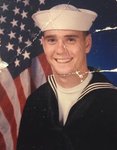
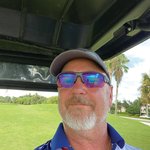
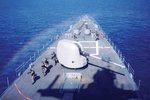
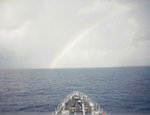
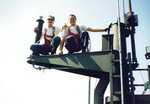
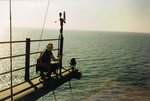

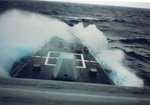
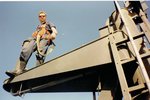

OKEECHOBEE - Veteran John Kenbeek was born in Jacksonville while his dad, Jim Kenbeek, was stationed there, and the family moved to Okeechobee when he was about 4 years old. After graduating from Okeechobee High School in 1988, Kenbeek joined the Navy. Basic training and A-School were in Orlando, followed by more A-School in Chicago and C-School in Norfolk. In Orlando, he learned basic electricity and electronics, but in Chicago, they worked on Navy gear - radar, radios, things like that. In C-School, they focused on a particular piece of gear. He attended several different C-Schools while he was there because his ship needed people who knew more of the equipment. Kenbeek’s job was an electronics technician.

When his training was complete, he was assigned to the USS Moosbrugger out of Charleston, S.C. When he first got to the ship, they were doing things locally, running out to sea here and there, he explained. They were supposed to go to the North Atlantic, but in August of 1990, were deployed, with five days' notice, to help with Desert Shield or Desert Storm I. They had just been told a couple of weeks earlier that they would not be affected by the conflict, and Kenbeek was scheduled to be in his sister’s wedding. He ended up missing the wedding when they were deployed. “When she got married, I was on my way to the Red Sea.”

They were MIF (Maritime Interdiction Force), and their job was to stop the flow of prohibited goods by sea from or to Iraq. That sometimes required them to board and search merchant ships. “When we saw ships, we would hail them and find out where they came from and where they were going. If things didn’t look right or smell right, the powers that be would send us to search them.” They would go through the ship and find out if they were really carrying what they said they were. They would check to see if they had the people on board they said they did. If things didn’t add up, they would tell them they could not continue and divert them somewhere else.
Kenbeek was a part of the boarding team. He also had three main gears aboard his own ship. He ran a calibration lab and had what was considered a state-of-the-art computer (at that time). Laughing, he said, “Literally, my iPhone has more power now than that thing did then.” His third gear was a beacon that could tell the aircraft if it flew x amount of miles on a certain heading, it would find the USS Moosbrugger.
They were deployed for a total of eight months and then returned home. They did interdiction ops in the Caribbean looking for drug runners and things like that.

He did a NATO gig where they worked with ships from Germany, France, and Canada. Some of their ops were here in America and some were overseas. “That was a lot of fun,” he said. They were deployed as support in the Balkan War. “We just kind of cruised around and looked menacing. It was a kind of show of unity,”
After this, he continued with the small cruises locally, a month or two down in the Caribbean, things like that.

Kenbeek was able to actually get off the ships in several of the places his ship visited — Portugal, Spain, France, Italy, Egypt, Israel, Saint Martin, Puerto Rica, and Saudi Arabia. “I turned 21 in Saudi Arabia, which is a dry country, so that was fun.” Kenbeek made it a point to eat something local everywhere he went. “The Italians don’t really know how to make a good pizza,” he said. “American pizza is way different, but the best food I ever ate was in Italy. We took a little Spanish/English dictionary with us and ordered using that. I have no idea what it was, but it was delicious.”

His ship experienced some very bad storms, including the Storm of the Century. They were in the midst of the NATO cruise when that happened. “Our ship took the least amount of damage. I think the Canadians had a helicopter wash overboard. The Germans had a crack in their keel. We took white water on the bridge which is very bad. We did a 47-degree roll, and 49 is considered critical. You could roll over at that point. It was a hairy few days.” Despite being a landlubber from Okeechobee, he never had any trouble with seasickness.

Kenbeek was in the Navy just shy of six years. “I enjoyed my time in the service and met and worked with some of the best people I ever met in my life, but it was just not something I wanted to do for a career,” he said. He stays in contact with many of the people he served with, and they are planning a reunion soon. His ship has been decommissioned and is mothballed, he said.

After his discharge, he stayed in the electronics field for 17 years, working for a company in West Palm. “My schooling from the Navy kept me employed for 17 years.” His wife’s family is in the swimming pool business, and in 2012, Kenbeek joined the family business.

Kenbeek and his wife, Jennifer, have a son named Jordan. Jordan works in the family business as well.